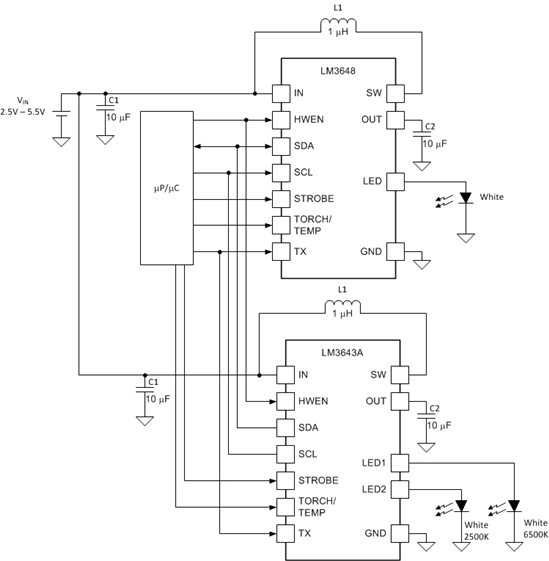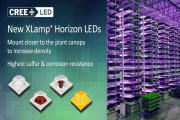John Woodward , Technical Marketing Engineer at Texas Instruments shares in this blog entry how better LED flash lights can help consumers improve picture quality of photos taken with smartphones.
 |
|
Many people use smartphones to record precious moments in life these days, rather than traditional cameras. (All Photos Courtesy of Texas Instruments) |
Today we use our smartphones over any other camera on the market for taking pictures. Smartphone manufacturers are working harder and harder to pack in the pixels, making them more efficient for capturing the perfect Instagram moments and infamous selfies.
Cameras use innovative sensors to capture those images and without light, there is no reflection and nothing to capture. Driving LEDs under varying external lighting conditions is how TI’s new family of WLED drivers for camera flash applications help enable these smartphone manufacturers to differentiate themselves. In today’s phones, we see single white LEDs or a pair of LEDs (and in some cases, the paired LED will be of a different color). We also see potential for infrared LEDs being used to capture low light images or for capturing distance data. The need for greater functionality and very small size are the driving factors behind new camera flash LED drivers, such as the LM3643, LM3644 and LM3648. They help designers to meet the tough design challenges by providing the much needed power, while still delivering greater functionality in a tiny form factor.
With the addition of alternate I2C offerings, these products allow designers to use one or two LED drivers in their system to drive the LED configurations needed for today’s smartphones, tablets and wearables.
As seen here:
 |
|
Texas Instrument's LM3643A, a dual channel LED driver with up to 1.5A. |
Designers can use the LM3643A, a dual channel LED driver with up to 1.5A, to drive the standard dual WLED, while using theLM3648, a single channel LED driver up to 1.5A, to drive the infrared (IR) LED for spatial data used for focus information. With its ability to drive two white LEDs up to 1.5A, the LM3643A, gives enough light output for most high megapixel image sensors, while the LM3648 has another 1.5A capability for driving one or two IR LEDs. The LM3648 has a special IR mode for driving the LEDs, so it can be done quickly and respond to the multi-flash needs of collecting spatial data.
How will you use LEDs in your smartphone or tablet to take your next selfie?





 CN
TW
EN
CN
TW
EN






